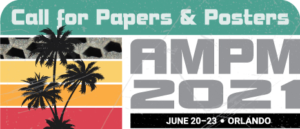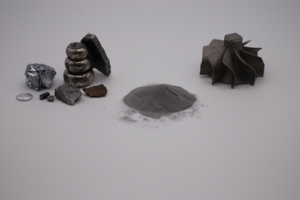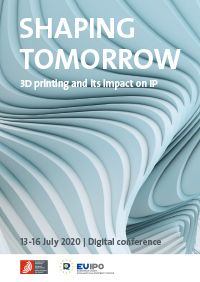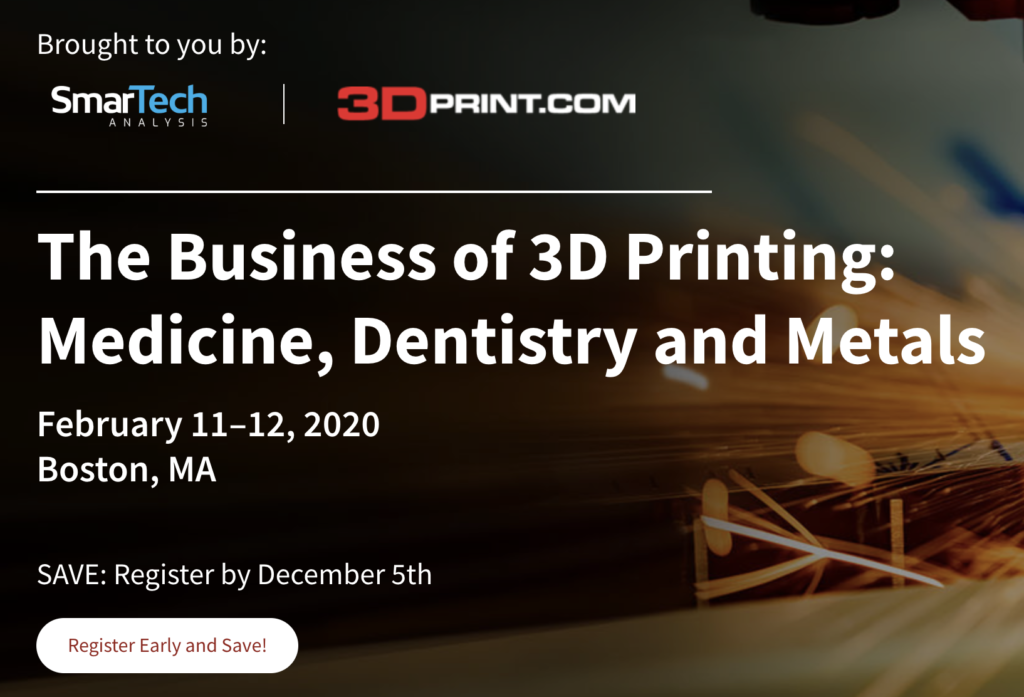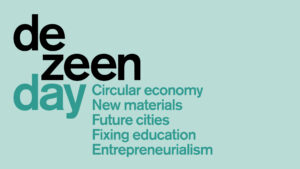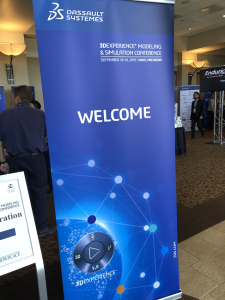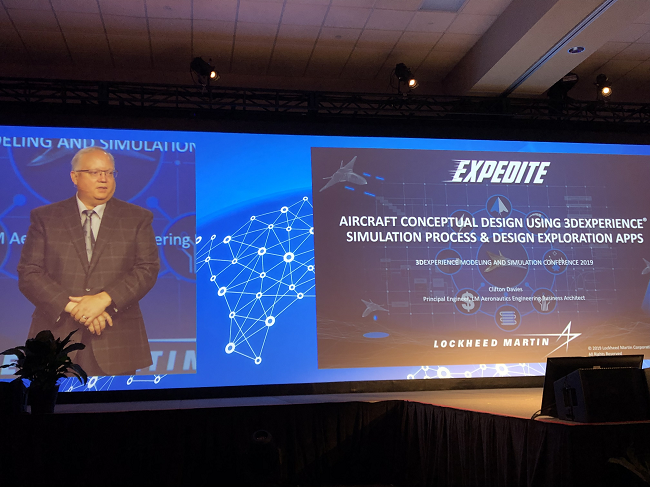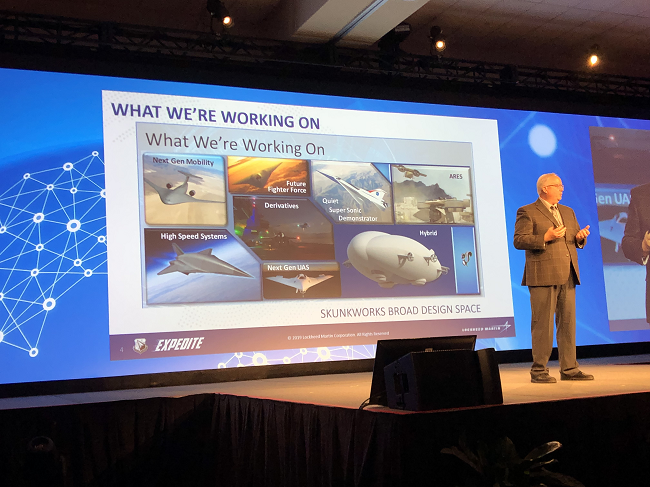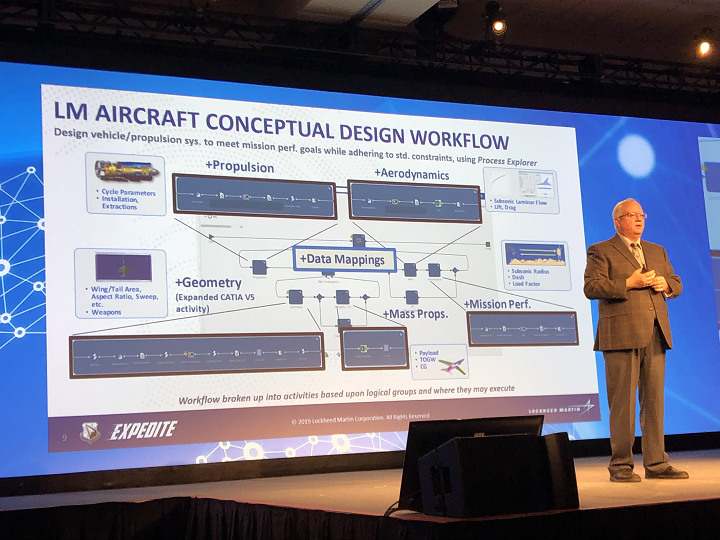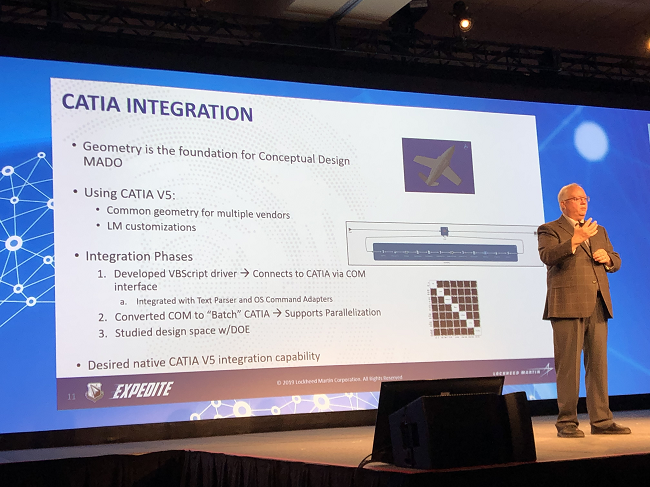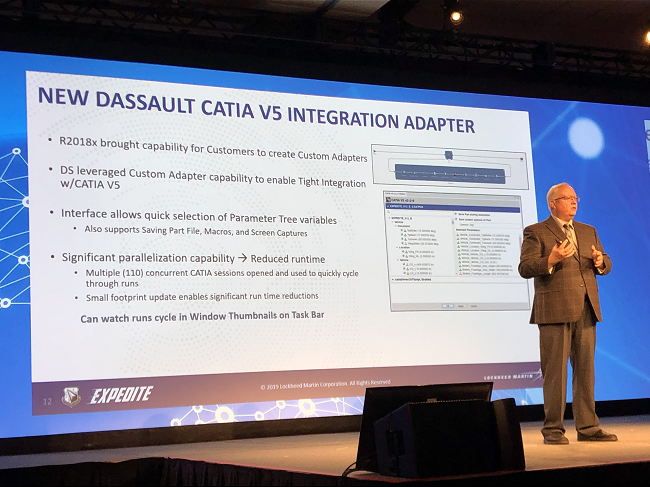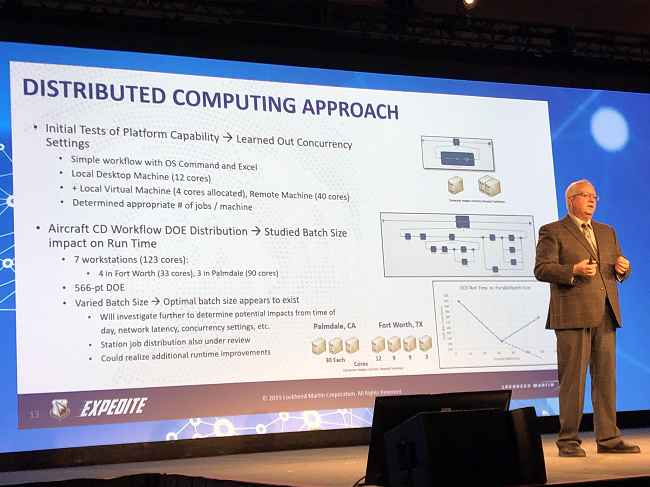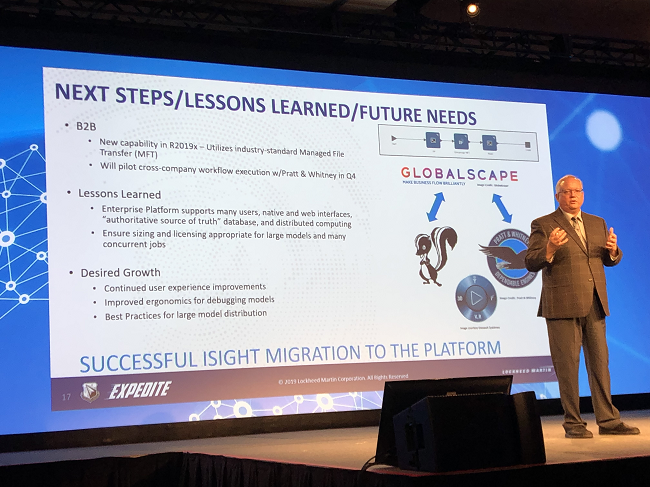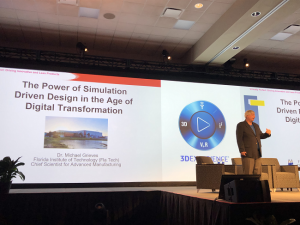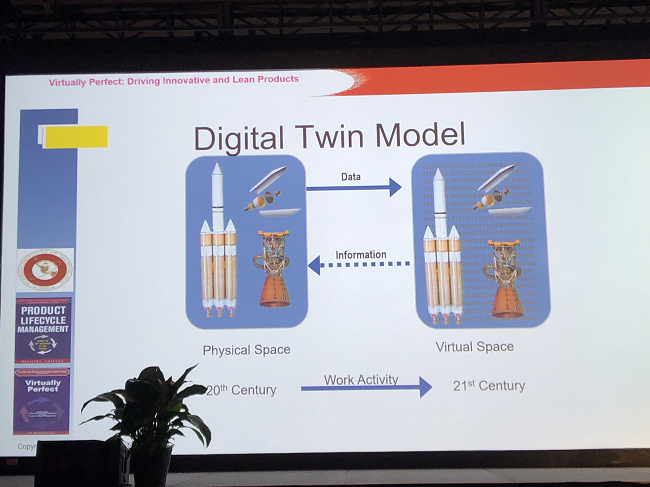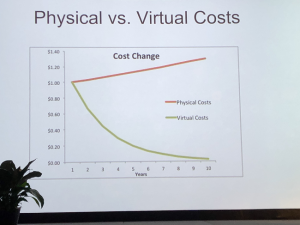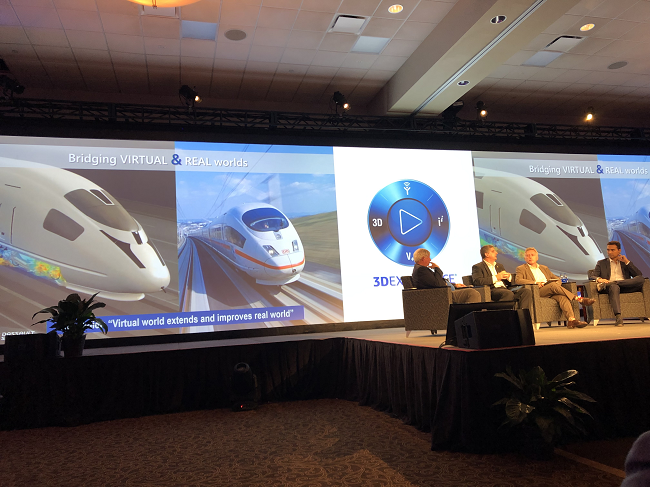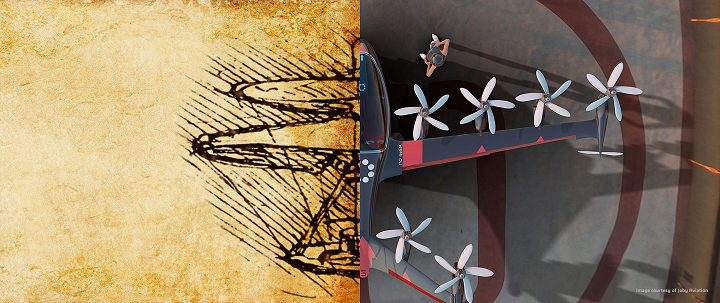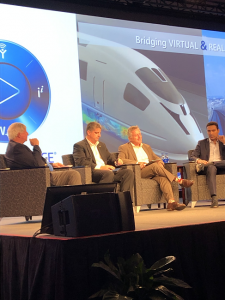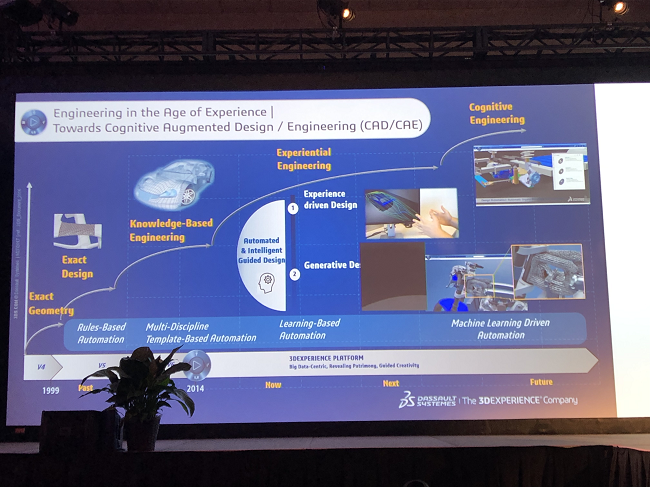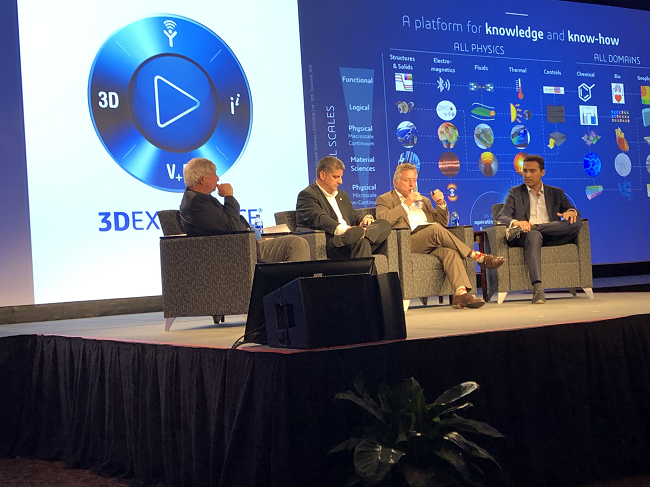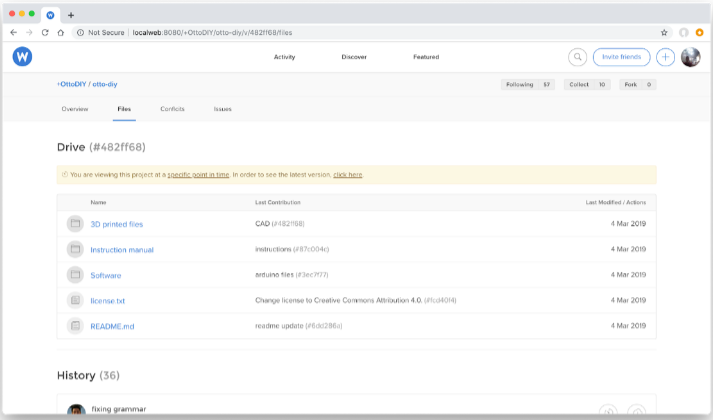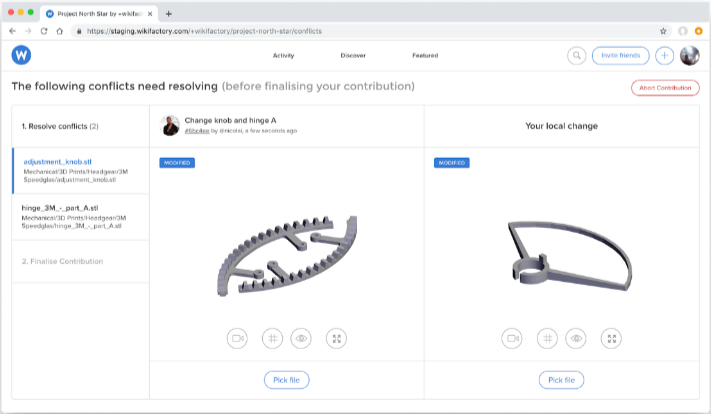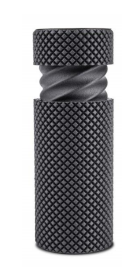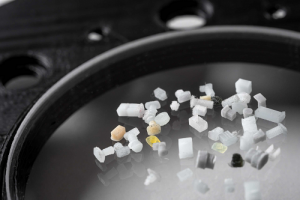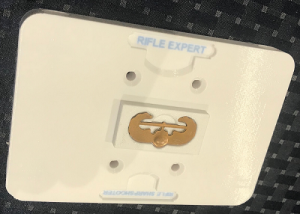We’ve been keeping our readers informed about what’s been going on in the 3D printing industry during the COVID-19 pandemic for quite some time; honestly, this continuing crisis has lasted longer than I ever thought, or hoped, it might. It feels like the world has been turned upside down, as major industry events continue to be cancelled, postponed, or moved to an online format, though 3D printing business seems to be going strong.
 That’s why, in May, we began publishing a weekly roundup of the available online webinars and virtual events, since there’s so much online content to choose from now. For example, the ASTM International Conference on Additive Manufacturing (ASTM ICAM 2020), sponsored by ASTM’s Additive Manufacturing Center of Excellence (AM CoE), was supposed to take place in sunny Orlando, Florida from November 16-20, but has now been moved to a virtual format.
That’s why, in May, we began publishing a weekly roundup of the available online webinars and virtual events, since there’s so much online content to choose from now. For example, the ASTM International Conference on Additive Manufacturing (ASTM ICAM 2020), sponsored by ASTM’s Additive Manufacturing Center of Excellence (AM CoE), was supposed to take place in sunny Orlando, Florida from November 16-20, but has now been moved to a virtual format.
AM CoE had to consider the health and safety of not only the speakers and attendees, but also its staff members, as well as coronavirus-related travel restrictions and guidelines on large gatherings, while contemplating this decision. After consulting with the organizing scientific committee and hearing the opinions and preferences of those set to speak at the large event, the organization made the difficult choice to move this year’s ASTM ICAM online.
“This year’s event will be the largest conference we have held to date and will consist of more than a dozen tracks and double the number of speakers with respect to last year’s event. The conference will involve a broad group of ASTM committees and external stakeholders, setting the stage to bring nearly 350 experts from more than 25 countries to exchange the latest developments in the field of additive manufacturing with an emphasis on transition of research to standardization,” stated Dr. Moshen Seifi, ASTM International’s director of global additive manufacturing programs and a co-chair of ASTM ICAM 2020. “We are aware of time-zone differences and are making every effort to hold this virtual event seamlessly with the latest available technology.”
ASTM ICAM 2020, led by Dr. Seifi and fellow co-chair Dr. Nima Shamsaei, director of the National Center for Additive Manufacturing Excellence (NCAME), is being organized by 60 members of the organization’s scientific committee. This online conference will be ASTM’s fifth flagship event centered on certification, qualification, requirements, and standardization in the additive manufacturing process chain. The event will last five days, separated into online panel presentations and sessions and virtual symposia; you can register, and see the full schedule, here.
This September, the inaugural edition of the new Formnext + PM South China was supposed to take place in Shenzhen, but in a familiar refrain, organizers have made the tough decision to postpone the event due to the continuing COVID-19 crisis. So the debut will now take place in 2021 (dates yet to be determined) at the brand-new Shenzhen World Exhibition and Convention Center.
“The concept of the fair we had presented to our stakeholders emphasised it as a platform for the latest products and technologies for the entire additive manufacturing and powder metallurgy industries, and for multiple end uses,” explained Hubert Duh, Chairman of Guangzhou Guangya Messe Frankfurt Co Ltd. “In our debut edition we wanted to have this full picture presented, however after consulting with our exhibitors, supporting associations and other partners, due to various complications arising from the coronavirus pandemic we came to the conclusion that this concept couldn’t be realised adequately in 2020.
“In particular, there is ongoing uncertainty over entry into China for foreign participants which is making it difficult for our overseas stakeholders to plan ahead. What’s more, many companies in the industry will likely only just have resumed normal operations around September, which makes decision making about participating in trade fairs for that time challenging. We felt, therefore, it was in everyone’s best interests to focus on ensuring the full participation of the industry in 2021 instead.”
The Formnext + PM South China event, whenever it occurs, will offer a new experience to the manufacturing industry in China, covering a multitude of advanced equipment, products, and technology in the design, additive manufacturing, materials, software, powder metallurgy, and processing categories. Jointly organized by Uniris Exhibition Shanghai Co Ltd and Guangzhou Guangya Messe Frankfurt Co Ltd, it is part of a popular series of international manufacturing events that includes the annual Formnext trade fair held in Frankfurt, Germany, which is currently set to take place this November.
What won’t be happening in November is FABTECH 2020 in Las Vegas. The FABTECH Expo partners—SME, FMA, AWS, PMA, and CCAI—have decided to cancel this year’s event, once again because of continuing concerns about the pandemic.
“This decision was not made without painstaking consideration of alternative locations and dates. Ultimately, the volatile nature and duration of the circumstances surrounding this pandemic left us with no alternative but to cancel FABTECH 2020. This decision is one we hoped to avoid having to make, but we know the FABTECH community will understand the reasons for it,” the official announcement states.
“With FABTECH 2020 cancelled, we are now focused on FABTECH 2021 in Chicago next September. We are eager to be one of the signature industry leading events facilitating a resurgence in business conditions; providing an experience that allows you to meet with top suppliers, see the latest industry products and developments, find the tools to improve productivity, increase profits and discover new solutions for all your operational needs.”
According to the website, FABTECH has been “the premier event for the metal fabricating industry,” including metal fabricating, finishing, forming, and welding, since it began in 1981. It’s unfortunate that this event, along with so many others, has had to be cancelled this year, but the FABTECH partners are looking to the future, as over 48,000 attendees are expected to participate in FABTECH 2021.
If you have information to share about any upcoming webinars or virtual events in the additive manufacturing industry, please let us know! We’d love to include them in our weekly roundup.
The post COVID-19 Pandemic: 3D Printing Events Postponed, Cancelled, Moved Online appeared first on 3DPrint.com | The Voice of 3D Printing / Additive Manufacturing.






